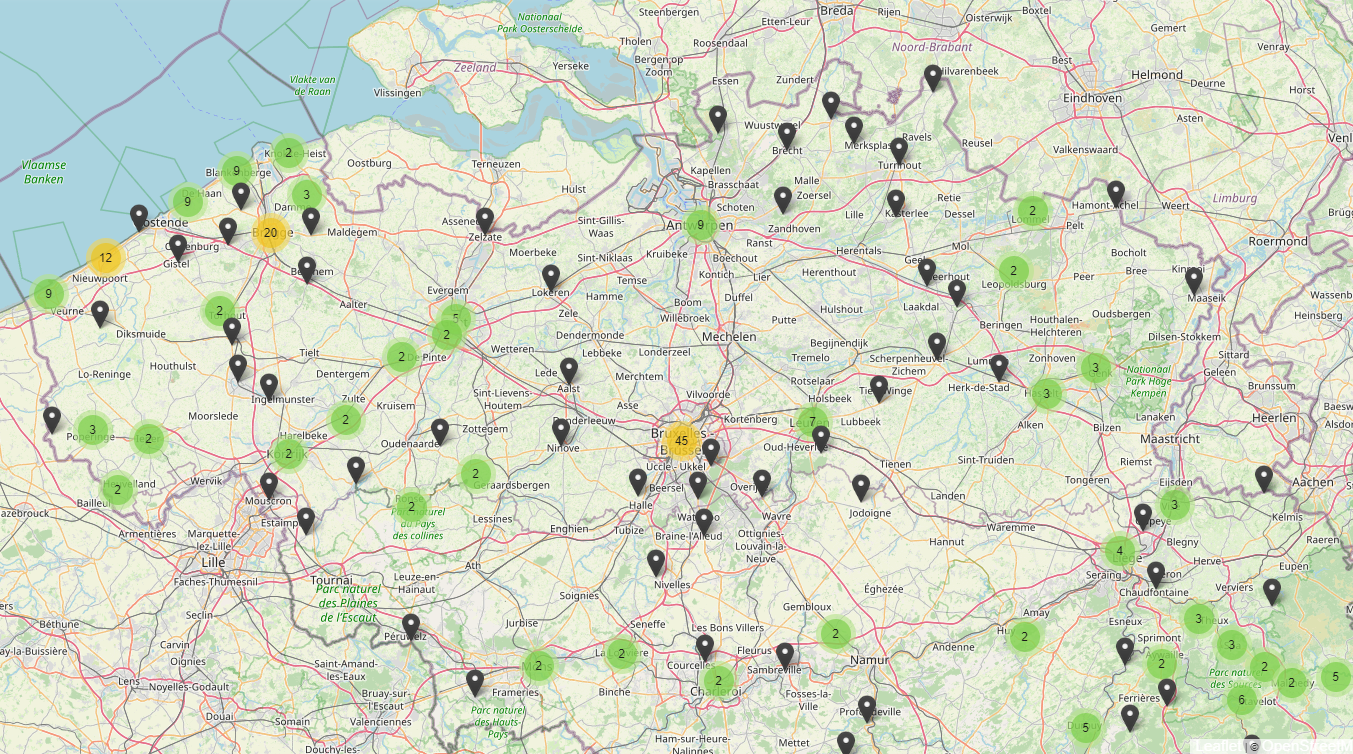Run an optimal campaign

What is an optimal campaign?
"An optimal campaign converts the target amount of target prospects into customers."
What do we mean with target prospects?
Let's take the example of where our prospects are hotels where we want to close a contract with for them to rent out our ebikes. For this campaign we would have an addressable market of all the hotels. However with some preselecting we take out the hotels who are financially to far in debt to be able to get a lease agreement. So our prospect list now contains thousands of hotels. Our optimal business case is when Hotels contract 6 eBikes at a time. So we sort the list (using added criteria) on potential size of the contract. We next add a close-rate indication to the list. We know from our pilot that a certain close rate should be met.
Our target prospects are those which check all the boxes, the location, the size of the potential contract and will close within the set close rate.
But do we have what it takes to close at the optimal close rate?
It means that when we do sales and drop below the optimal close rate we will potentially loose money instead of earning it. It means something is wrong in the assumptions, which is potentially a problem. Using an outbound call-center it could easily mean burning a large part of the budget before some detects the sales close rate is not okay.
What does it take to get to that optimal close rate?
Let's consider the steps.
- Having the right leads
- Having the right -script, trained optimally for natural contact
- Having the right follow-up email
- Having the right follow-up brochure or flyer
- Having your website link in place
- Is the site confirming the message and converting?
- Is your business in Social Media, Chamber of Commerce, etc listed correctly?
- Having setup appointments - optimally spaced in time?
- Having setup appointments - optimally spaced geographically?
- Having setup appointments - taking revisits in account?
- The account manager makes the call to the prospect
- Having the right tone, information and personalisation
- Having a meeting - illustrating the proposal with the right material, company presenation, product presentation, location research?
- The quotation having the personalised offer
- The contract having the right information
- The service desk follow up in a professional manner?
- The delivery process in place
- The invoicing process in place
- ..
Prevent half-hearted approaches
Many organisations try with a 10 out of 20 approach. Which results in 50% of prospects not converting due to one or other obstacle.
Make it a successful campaign
We analysed hundreds of 'loss-reasons' to identify every issue along the way.
In our clients organisations we first "fix" all those fixable issues; setup a great site, make professional sales material.
All this to also make the account manager feel optimally comfortable, provide self-confidence building leads, professional quotations, contracts and ensure that the follow-up is in place. By organising an optimal campaign, you organise an optimal business.
"Account managers are perhaps twice as convincing, when they feel all their bases are covered and can speak with confidence with their prospects."
Latest posts

a step for step plan for a successful launch

Start with location research

Market sizing is all about potential

Use top-class leads

Compelling arguments and materials

Increase sales success

